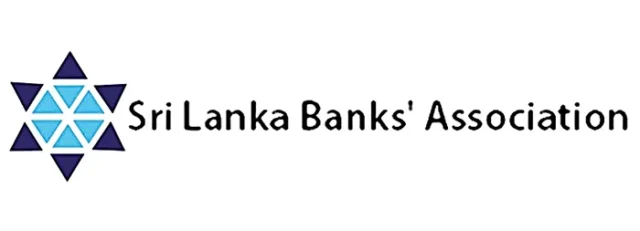By Ifham Nizam
As Sri Lanka accelerates its transition to renewable energy, particularly through the widespread adoption of rooftop solar installations, it is encountering significant hurdles in maintaining the stability of its national power grid.
While the country’s commitment to sustainability aligns with global trends, the increasing reliance on intermittent sources like solar energy has introduced complex challenges, especially during periods of low industrial demand such as weekends and holidays.
A senior electrical engineer, speaking to The Island Financial Review, raised alarm over the escalating frequency fluctuations and instability in the power system, particularly on sunny Sundays when energy demand plummets. The high penetration of non-despatchable renewable energy (NCRE), such as solar power, has reduced system inertia, putting the grid at a heightened risk of failure during these low-demand periods.
He said one critical example was on September 22, 2024, when the national grid registered its lowest demand of 670 MW at 10:53 AM. To keep the grid stable, the Ceylon Electricity Board (CEB) had to curtail 160 MW of solar power and other NCRE sources between 10:00 AM and 3:00 PM. This action was taken to elevate the grid demand to 820 MW, thus ensuring the dispatch of higher-inertia power plants that provide more stability.
Despite these efforts, the CEB has warned that continued low demand could lead to more frequent instances of under-frequency load shedding (UFLS). In extreme cases, the instability could even result in the tripping of large thermal power plants, such as the Lakvijaya Power Plant in Norochcholai.
The CEB has identified a series of interventions aimed at mitigating these risks and ensuring the power grid remains stable:
New Tariff Structures for Industries: The CEB proposes incentivized electricity rates for industries during weekends and holidays to encourage higher electricity consumption, helping to balance demand fluctuations.
Hydropower as a Stability Solution: Large hydroelectric plants, including Victoria, Kothmale, and Samanalawewa, could be operated in synchronous condenser mode, which would allow them to provide reactive power support without generating electricity, bolstering grid stability.
Gas Turbine Generators for Inertia Support: The operation of the Kelanitissa Gas Turbine 7, with its high inertia, in synchronous condenser mode is being considered to provide further grid stability.
Fast Frequency Response and Energy Storage: Investments in energy storage technologies such as battery energy storage systems (BESS), flywheel storage, and fast-acting gas turbines are seen as critical for stabilizing frequency fluctuations quickly.
NCRE Control Desk Implementation: A dedicated monitoring and forecasting unit for renewable energy generation will help to manage the fluctuating supply of renewable energy more effectively.
Review of Spinning Reserve Requirements: The CEB is reassessing the adequacy of the current hot spinning reserve of 5%, considering the growing proportion of renewable energy on the grid.
Regulatory Framework for NCRE Curtailments: The establishment of a regulatory mechanism to control the dispatch of renewable energy, particularly from plants larger than 5 MW, will be essential in ensuring grid stability.
Optimization of Power Plant Operations: The CEB is exploring ways to optimize the operations of hydro and thermal power plants, particularly concerning their minimum operating power levels and ramp rates, to increase the overall inertia of the system.








